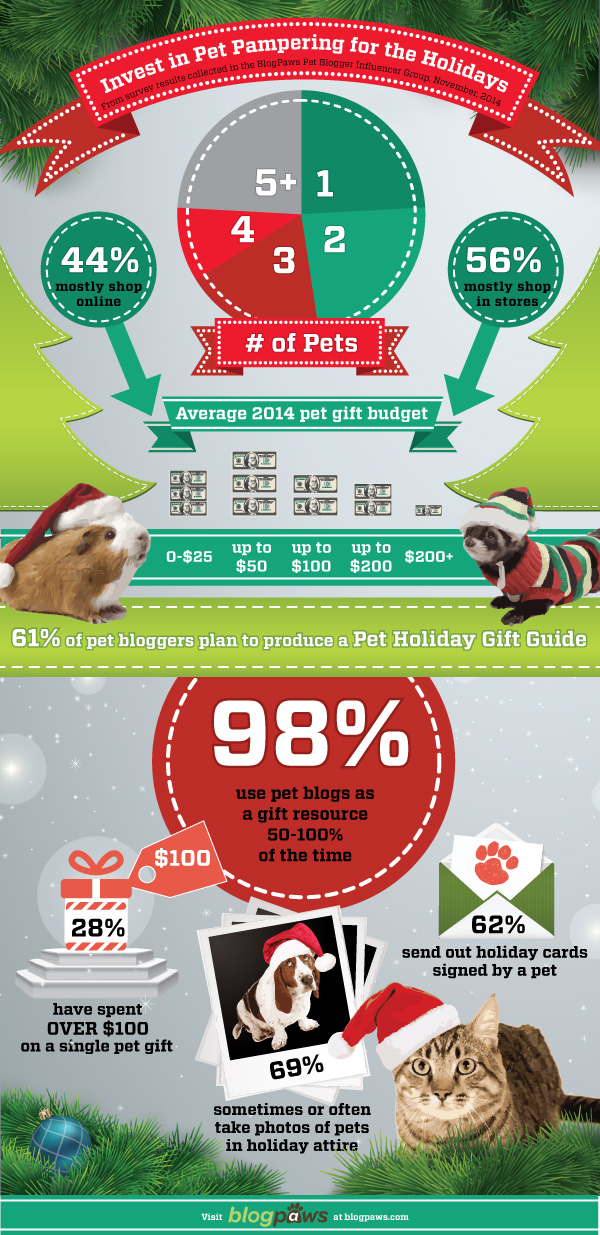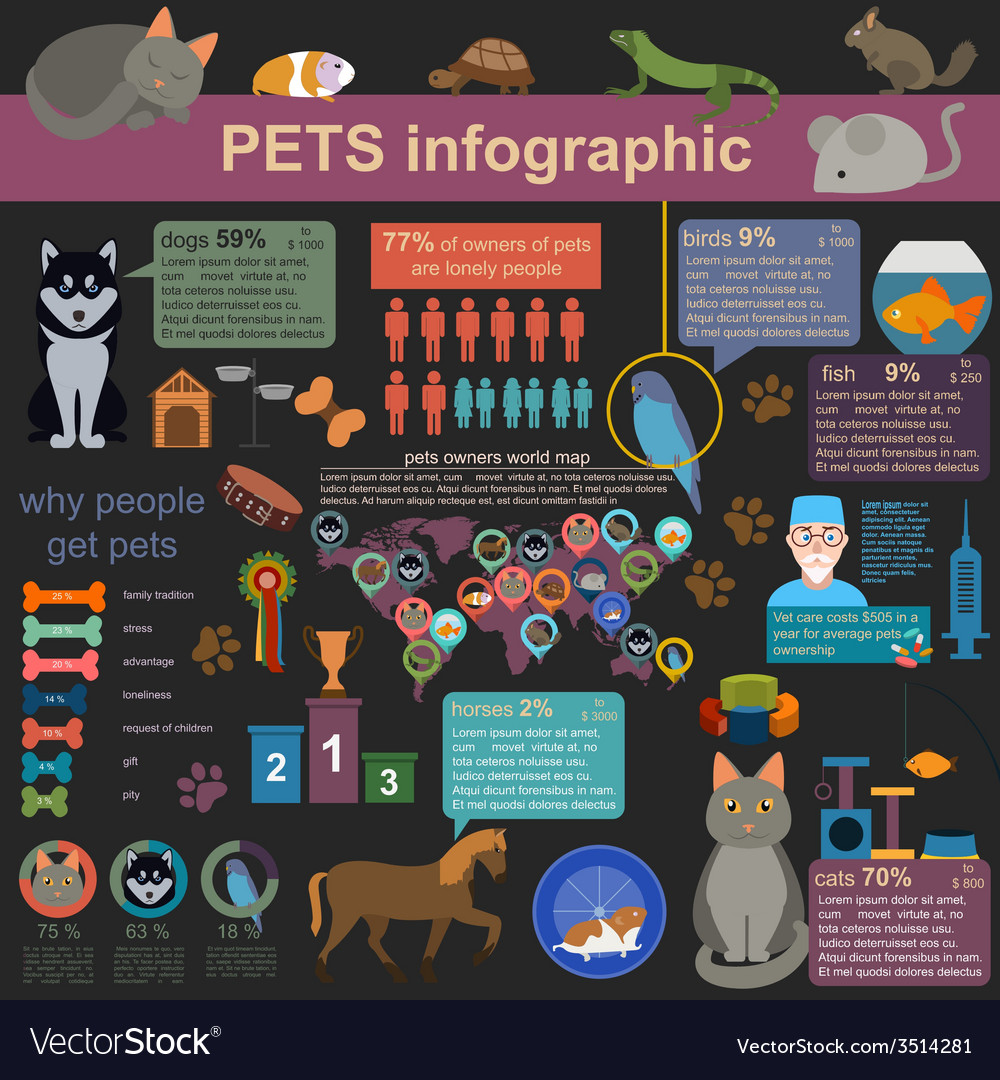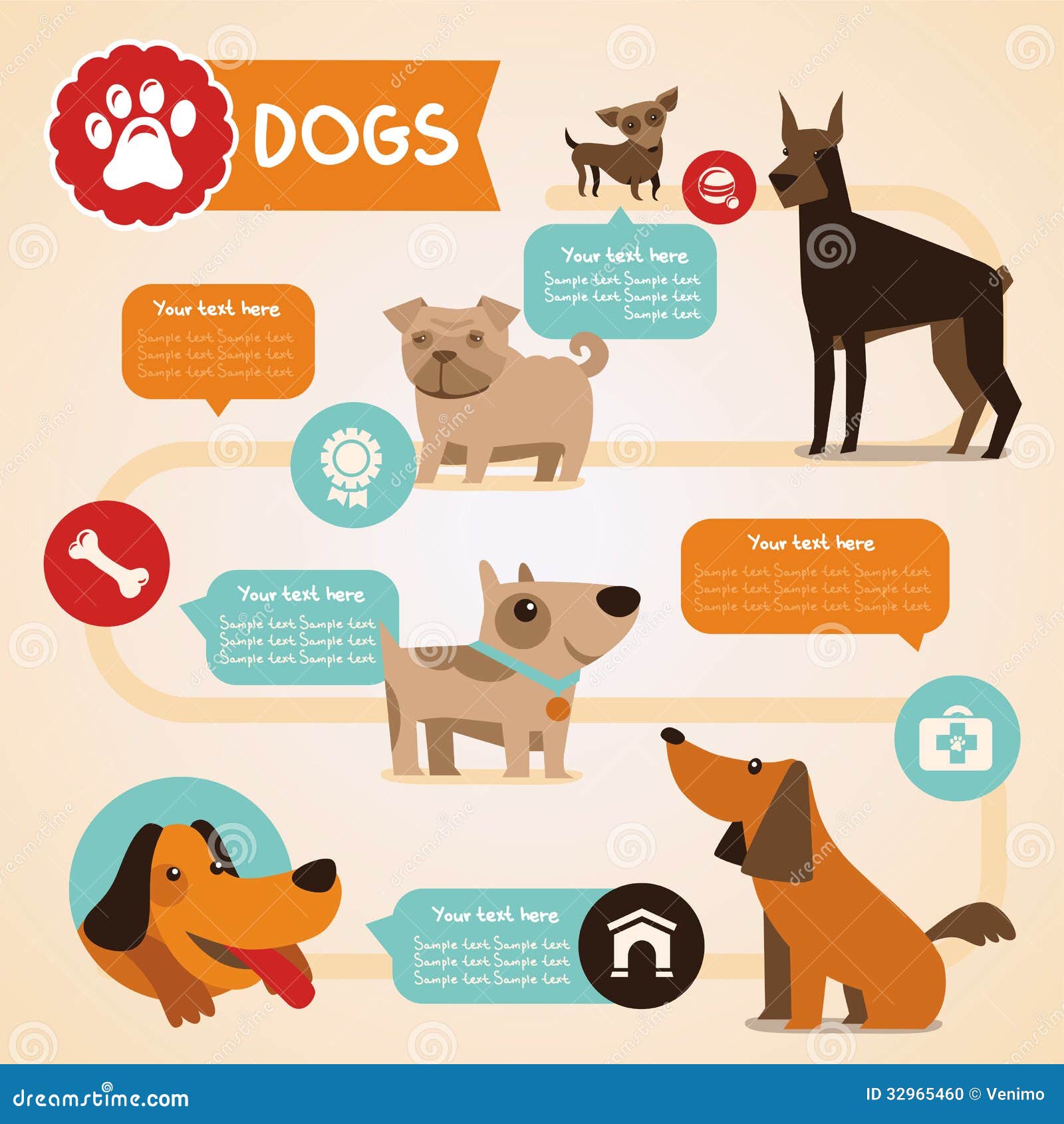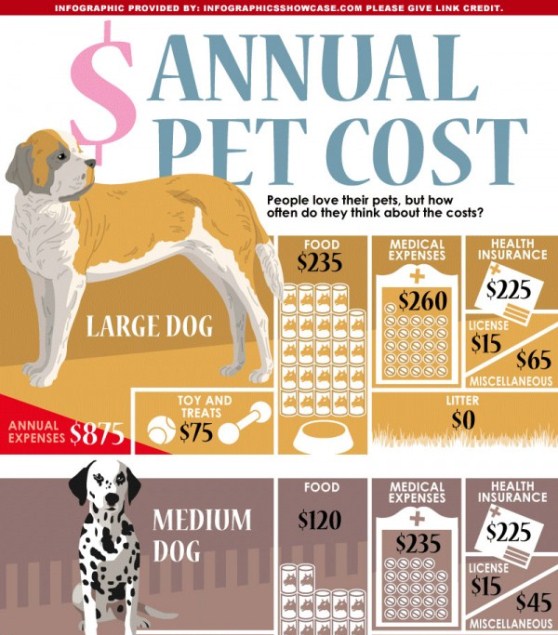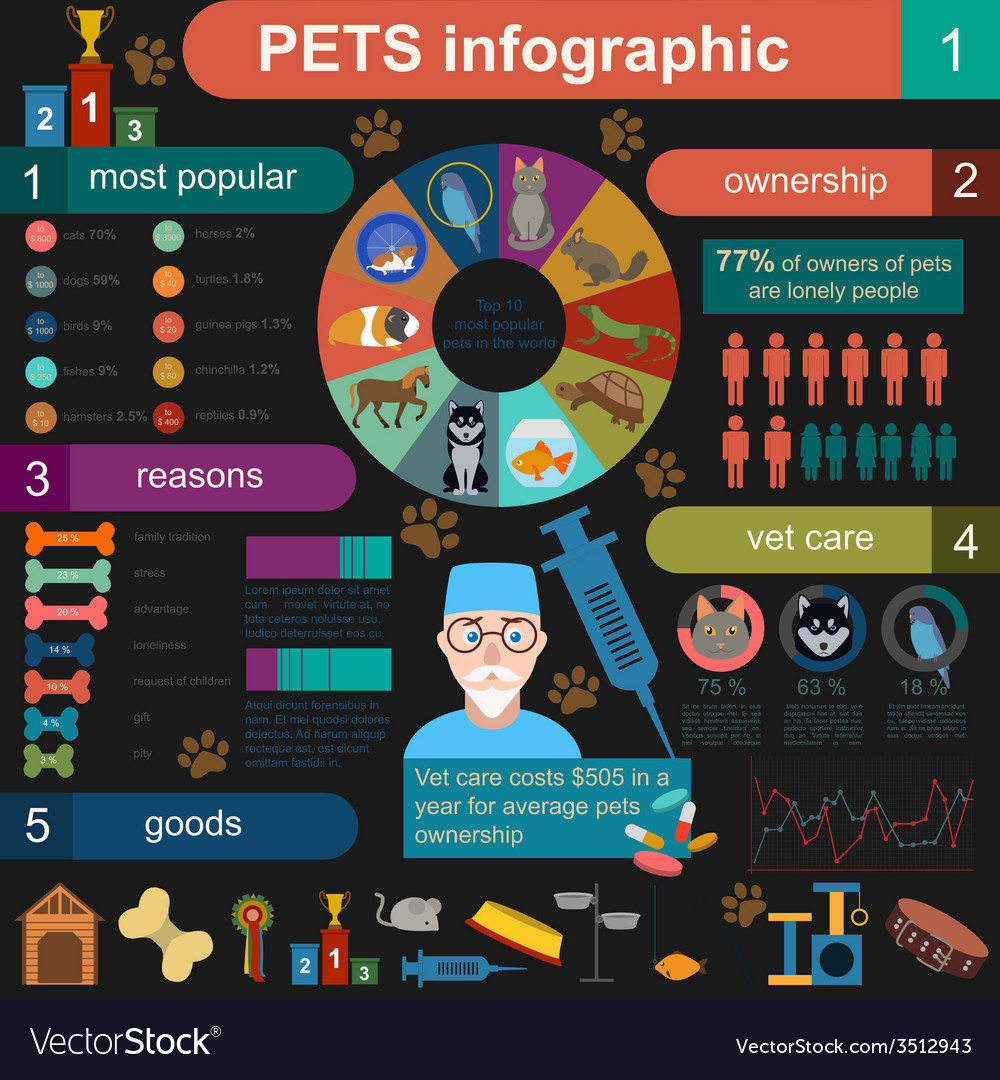What Are The Most Common Safety And Concerns With Dog Day Care
What Are The Most Common Safety And Concerns With Dog Day Care
Blog Article
Exactly How Pet Childcare Assists Separation Stress And Anxiety
Pet dogs with splitting up stress and anxiety display a variety of habits including grumbling and chewing when their owners leave. Dog daycare provides a safe and interesting setting that can help in reducing these signs and symptoms.
Frequently, pet dogs that come home to chewed-up furnishings or non-stop barking are dealing with separation stress and anxiety. While childcare can help take care of the symptoms, it is not a service for all pets with separation stress and anxiety.
Socializing
Socializing is a powerful device to aid treat separation anxiousness. It teaches canines to rely on various other humans in an atmosphere where they can be securely divided from their owners. This can make vet brows through, grooming appointments, and various other human communications much less stressful.
Dogs that are not interacted socially might present destructive habits or too much barking when laid off. These behaviors can be triggered by monotony, stress and anxiety, or lack of exercise. During childcare, your pet will engage in group play and exercise, which helps them burn pent-up energy. The structured tasks and regimen of childcare also avoids monotony, which can be a trigger for splitting up anxiousness.
Participating in childcare frequently likewise develops a regular and knowledge for your dog, making them view being away from their owner as typical. While pet dog childcare does not cure separation anxiety on its own, it can offer considerable advantages to your dog along with various other therapy options (behavioral training and desensitization).
Stimulation
Numerous canines with splitting up stress and anxiety really feel a feeling of desertion when they're laid off. This commonly shows up as too much barking, eating on furniture, and attempts to escape.
Canines in day care are provided lots of physical and mental stimulation. When pet parents leave their puppies, they are separated into play groups according to age and activity level. This allows for a risk-free atmosphere for everybody. Then comes morning team play, a time when canines can engage with their fellow day care friends and burn off excess energy. After a long day of having fun and snacking, it's snooze time.
For many dogs, a consistent routine of attending childcare a couple of times a week aids ease splitting up stress and anxiety. Once they discover that being away from home isn't a big deal, they will be less anxious when their owners are away for work or vacationing. They'll additionally return weary, so they'll be extra able to relax with the night without fretting about their owner.
Exercise
Dogs can develop splitting up anxiousness if their regimen is interrupted by schedule changes, family members moving in and out, or brand-new experiences that make them really feel insecure. Even a minor adjustment can activate an intense response that includes devastating eating, pacing and home soiling.
Childcare gives pet dogs with a structured daily regimen that minimizes unpredictability. It also maintains family pets engaged with mental and physical dog kennel boarding excitement with group play and dexterity tasks, stopping monotony that can fuel anxiety-related actions. The exercise also helps launch bottled-up energy, which can protect against the stress and anxiety that results in damaging behavior when the canine goes to home alone.
Normal attendance at day care can substantially boost splitting up anxiety. The acquainted atmosphere and routine aids your animal adjust to being far from you and discover that you will certainly return. It can aid minimize behavioural troubles such as extreme vocalization and residence soiling, causing happier and more loosened up canines at home. The organized and stimulating atmosphere also develops healthy rest patterns, which can additionally contribute to lowered stress and anxiety degrees.
Training
Canines often create separation anxiousness when there's a change in regular. This can be triggered by relocating homes, changing tasks, or even a brand-new addition to the family members (an infant or a pup). Canines that experience separation anxiousness will reveal signs like too much chewing, barking, and home messing.
A consistent timetable of daily social communication through childcare can help pets overcome their anxiousness about being alone. This is accomplished through a progressive approach that subjects the pet to longer time periods without their proprietors.
Training sessions via daycare can likewise aid with separation stress and anxiety. The mental stimulation supplied through obedience and dexterity activities keeps pets occupied, so they do not concentrate on their stress and anxieties. Enrichment video games and scent work take advantage of a pet's natural searching reactions and are an effective method to reduce monotony that brings about anxiety-related behaviors. Eventually, while daycare can be valuable in the short-term, it's not a cure for separation anxiousness. Instead, an expert behaviorist must be consulted to produce a thorough separation stress and anxiety therapy strategy that includes training, desensitization, and favorable support.
enter'>|










